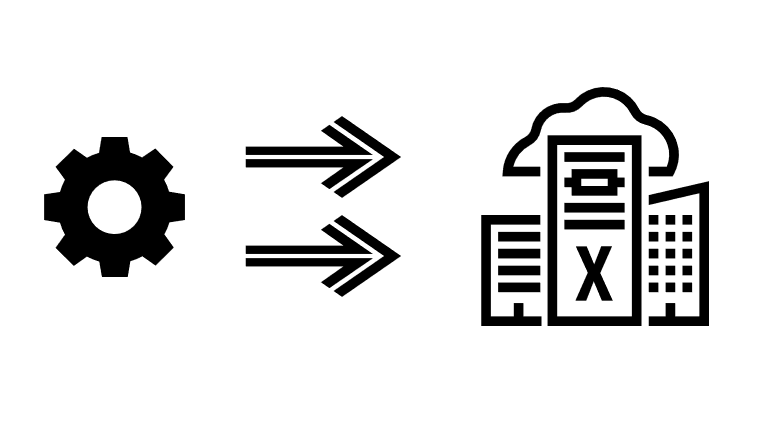
Automation has become a critical need to manage cloud infrastructures, as organizations strive to reduce complexity and accelerate deployments. Oracle Exadata Database Service on Cloud@Customer (ExaDB-C@C) offers robust solutions to run high-performance databases with cloud capabilities. However, provisioning and managing these platforms manually can be time-consuming and error-prone. That’s where tools like Ansible come in, to simplify infrastructure automation and enable consistent, efficient, and repeatable deployments.
Ansible and the OCI Ansible Collection: A Winning Combination for Cloud Automation
Ansible is a popular open-source automation tool for IT tasks. It is agentless, meaning it doesn’t require additional software to be installed on the target machines. Its simplicity, flexibility and broad community support make it a widely adopted tool.
The Oracle Cloud Infrastructure (OCI) Ansible Collection is a set of Ansible modules developed by Oracle. As explained in the official documentation: “It’s an easy way to create and provision resources in Oracle Cloud Infrastructure (OCI) through Ansible. These modules allow you to author Ansible playbooks that help you automate the provisioning and configuring of Oracle Cloud Infrastructure services and resources, such as Compute, Load Balancing, Database, and other Oracle Cloud Infrastructure services.” And of course, Exadata Database Service is fully supported by the OCI Ansible Collection, just like any other OCI resources.
Using OCI Ansible Collection helps you reduce repetitive tasks and minimize human error. It increases overall efficiency by saving time and effort for your teams managing complex infrastructures. It also ensures consistency across your environments, enabling uniform provisioning of resources to maintain reliable and predictable deployments.
Provisioning Oracle Exadata Database Service on Cloud@Customer VM cluster networks and VM clusters can be a complex and time-consuming task. But using Ansible with OCI Ansible collection make it significantly more efficient and repeatable. While Terraform is often the preferred solution for Infrastructure as Code, it may not always be the best fit for every organization. You might prefer to stick with using a single tool for various reasons, like reducing the learning curve or aligning with existing processes. Additionally, you may also plan to continue leveraging Ansible for configuration management after the provisioning phase. And along the way, you might even be surprised to discover Ansible excels at configuration management and also at infrastructure management.
So let’s get started! Dive into this step-by-step tutorial to provision an Exadata Database Service on Cloud@Customer VM cluster network and a VM cluster!
Taking automation to the next level with OCI Ansible collection
Once you’re comfortable with the basic provisioning tasks, you can take automation even further by exploring the advanced features and customizations offered by the OCI Ansible Collection. The modules are highly customizable and flexible. Dive deeper into the OCI Ansible modules’ behavior and learn how to leverage their usage for even more complex tasks. You may also want to explore the features offered by OCI CLI: while OCI Ansible modules provide a strong foundation, if you encounter challenges in achieving a complex task, you can still rely on OCI CLI capabilities by invoking it in your Ansible playbook.
The OCI Ansible collection development team is available and very responsive to enhancement requests and bug reports. Feel free to contribute on GitHub!
Using Ansible to provision Oracle Exadata Database Service on Cloud@Customer VM clusters is an effective solution, especially when Terraform isn’t an option. By sharing feedback and reporting issues, you can help improve community-driven tools like the OCI Ansible collection. Now is the time to explore these possibilities for your automation projects, and to embrace the flexibility brought by Ansible to OCI operations.
